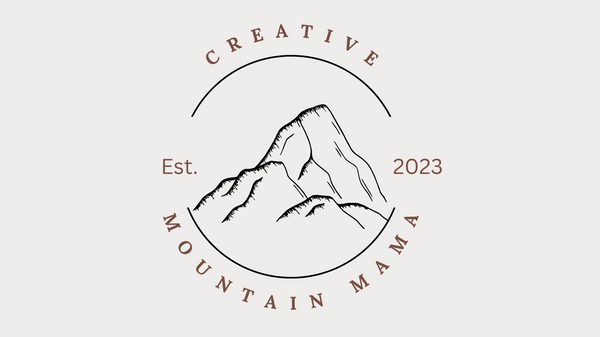
The story of Western leather craft cannot be told without turquoise – it overlays the traditions of both the Cowboys and Indians in the American Southwest. While the tooling of cowhides were contributed by cowboys, the adoration of turquoise beads in buskin leather came from the Native American traditions. It represents the blend of my own ancestry of a long line of ranch hands on one side and my Oglala Lakota grandfather on the other. Long before cowboy boots and rodeo buckles, Native American artisans were tanning hides and polishing turquoise gems.
Indigenous Craftsmanship and Early Turquoise Use
Imagine a time before European settlers ever set foot in North America. In the vast desert landscapes of what is now the American Southwest, indigenous peoples had already perfected the art of leatherworking. A young apprentice sits beside his grandfather, watching intently as the elder works a piece of deerskin. The hide, softened with smoke and animal brain solution, is transformed into a beautifully supple material, ready to be stitched into clothing, pouches, and ceremonial regalia.

Beside them, a small pouch of turquoise stones glints under the sun. To the Navajo, Hopi, and Zuni tribes, these stones are more than just decoration; they are gifts from the earth, symbols of protection and spiritual connection. The apprentice strings together small turquoise beads, placing them onto the leather garment with care, just as generations before him had done. The resulting piece is more than an article of clothing—it is a piece of history, a testament to tradition, and a representation of the sky and water that sustain their life in the desert.

The Ancestral Puebloans (Anasazi) were among the first to mine and trade turquoise, exchanging it for goods from as far away as Mesoamerica. The value placed on these stones and the craftsmanship that accompanied them endured, influencing the designs of Native artisans for centuries to come.
Leathercraft and Turquoise in Cowboy Culture
Fast forward to the mid-1800s. A cowboy rides through the high desert of New Mexico, his worn saddle creaking beneath him. Every piece of his gear, from his saddle to his gun holster, has been carefully hand-tooled from thick cowhide, ensuring durability against the harsh elements of the West. As he stops in a trading post, he notices a Navajo silversmith working on something different from his usual concho belts and squash blossom necklaces—a leather belt inlaid with small turquoise stones.

The cowboy, fascinated, approaches and admires the craftsmanship. Until now, leather belts had been purely functional, but the silver and turquoise embellishments catch his eye. The silversmith explains how he learned metalwork from Mexican artisans decades earlier, and how he now incorporates his people’s turquoise into belts, hatbands, and saddle decorations. The cowboy, eager to adopt this unique Western style, purchases the belt. Over the next few years, as rodeo culture grows, so does the love for these beautifully adorned accessories. Turquoise-studded belts and bolo ties have become synonymous with Western fashion.

The cowboy’s influence, combined with Native artistry, leant itself to a unique fusion of styles that defines the look of the American West. From then on, turquoise-studded leather has became more than just decoration—it is emblematic of frontier legacy and native tradition.
Modern Adaptations and Continued Significance
Today, the tradition of turquoise-inlaid leatherwork continues, blending our roots with modern adaptions. Walk into a boutique in Santa Fe or Austin, and you’ll find handmade tooled leather handbags, just like those that cowboys and artisans perfected over a century ago. The difference? Now, these bags are designed for the modern woman who appreciates the legacy and tradition of the American West.

At Creative Mountain Mama, I carry on this legacy by crafting handmade leather bags with turquoise inlay. Each piece I create is more than just an accessory; it is a connection to my ancestors and our nations history. As someone with both Native American and cowboy family, I feel a deep sense of pride in continuing these traditions.
Every time I press a carving tool into a fresh leather hide or carefully inlay a turquoise stone, I think of those generations before me—those that came to this state by covered wagon and the generations of native artisans who shaped the American frontier with turquoise beads and the modern-day artisans like me that keep these crafts alive.
Shop Handmade Turquoise Inlay Bags
Discover the timeless beauty of handcrafted leather bags featuring genuine turquoise inlay. Shop now to own a piece of Western heritage.
